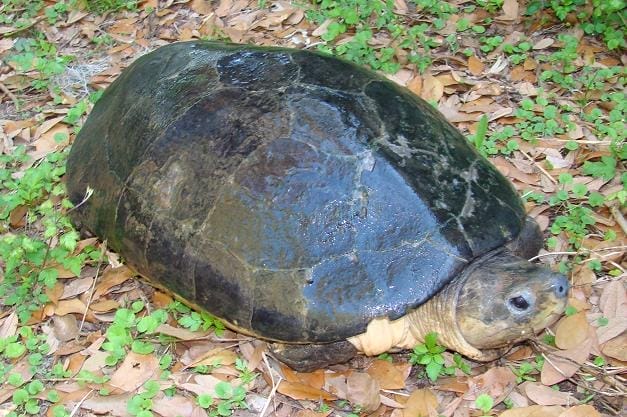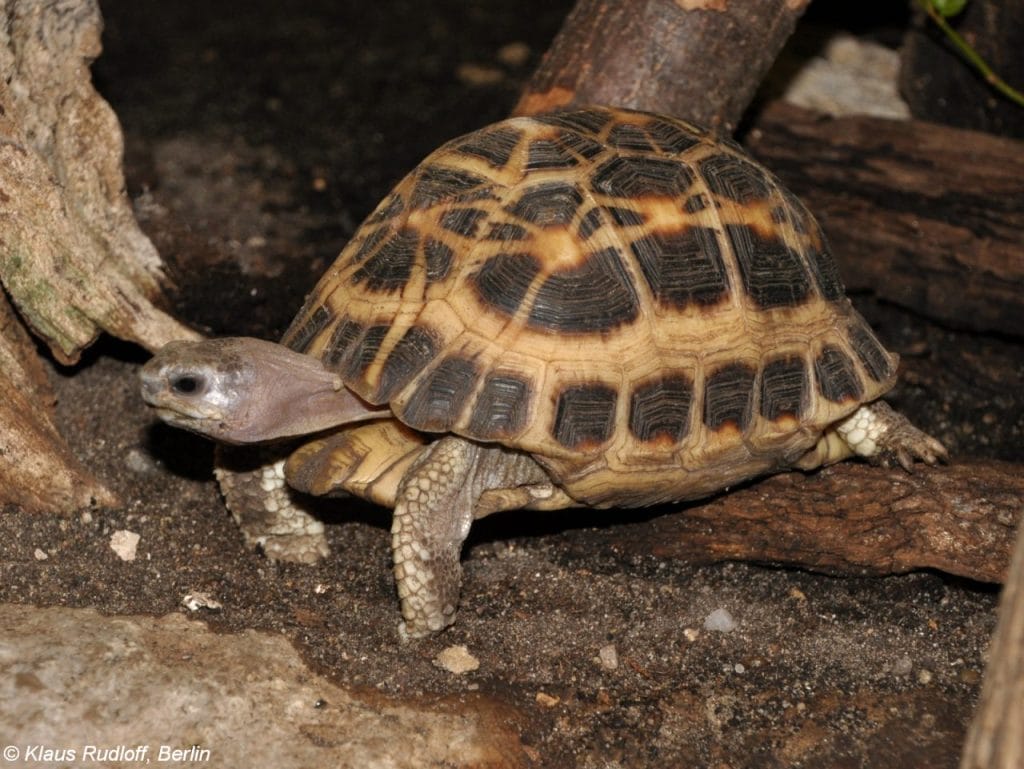Orlitia borneensis (Malaysian Giant Turtle)
Home > Turtle Database > Orlitia borneensis (Malaysian Giant Turtle)
Orlitia borneensis, known as the Malaysian Giant Turtle, is one of the largest freshwater turtles in Southeast Asia. This species is highly aquatic and prefers deep, slow-moving rivers and lakes. Due to habitat loss and illegal trade, its population has declined significantly in recent years.
Native Turtle Species Map – Find Turtles by Region
Scientific Classification
Kingdom: Animalia
Phylum: Chordata
Class: Reptilia
Order: Testudines
Family: Geoemydidae
Genus: Orlitia
Species: O. borneensis
Common Names
Malaysian Giant Turtle
Bornean River Turtle
This Hilarious Turtle Book Might Know Your Pet Better Than You Do
Let’s be real—most turtle care guides feel like reading a textbook written by a sleep-deprived zookeeper.
This one’s not that.
Told from the snarky point of view of a grumpy, judgmental turtle, 21 Turtle Truths You’ll Never Read in a Care Guide is packed with sarcasm, sass, and surprisingly useful insights.
And hey—you don’t have to commit to the whole thing just yet.
Grab 2 free truths from the ebook and get a taste of what your turtle really thinks about your setup, your food choices, and that weird plastic palm tree.
It’s funny, it’s honest, and if you’ve ever owned a turtle who glares at you like you’re the problem—you’ll feel seen.
Identification
Description
The Malaysian Giant Turtle has a large, oval-shaped shell with a dark brown to black coloration. Its head is relatively small compared to its massive body, with a smooth, unmarked surface. The limbs are strong and equipped with webbed feet, aiding in its highly aquatic lifestyle. Juveniles tend to have lighter-colored shells, which darken as they mature.
Sexual Dimorphism
Males tend to have longer and thicker tails, while females are generally larger in body size. Males also have a more concave plastron, while females have a flatter underside to accommodate egg-laying.
Native Origin and Distribution
Geographical Range
Orlitia borneensis is native to Malaysia, Indonesia, and parts of Borneo. It inhabits freshwater bodies across Peninsular Malaysia and Sumatra, with sightings also reported in Kalimantan, Borneo.
Preferred Habitat
This species thrives in deep, slow-moving freshwater rivers, lakes, and swamps. It prefers areas with abundant aquatic vegetation and soft, muddy bottoms, where it can easily bury itself for protection.
Behavior
Feeding Habits
The Malaysian Giant Turtle is omnivorous, feeding on a mix of aquatic plants, fruits, fish, and invertebrates. It is known to scavenge as well, taking advantage of any available food sources in its environment.
Predators
Adult turtles have few natural predators due to their large size and hard shell. However, juveniles and eggs are vulnerable to predation by monitor lizards, birds, and larger fish. Human activity, particularly poaching, is the biggest threat to this species.
Reproduction
Breeding Season
Breeding typically occurs during the wet season when water levels are high, providing safe nesting areas.
Reproductive Method
Females lay eggs in sandy or muddy riverbanks, depositing clutches of 10-30 eggs at a time. The incubation period lasts around 70-90 days, with hatchlings emerging in warmer months.
Conservation
Extinction Status
The Malaysian Giant Turtle is classified as Critically Endangered on the IUCN Red List.
Threats
Illegal pet trade, habitat destruction, and overharvesting for food have drastically reduced its population. Many individuals are captured and sold in international markets, further worsening the decline.
Conservation Measures
Several conservation programs and breeding initiatives are in place, mainly in Malaysia and Indonesia. Efforts include habitat protection, stricter wildlife trade regulations, and captive breeding programs to reintroduce individuals into the wild.
Economic Importance
This species has been historically exploited for its meat and is considered a delicacy in some regions. It is also targeted in the pet trade, though its large size makes it unsuitable for captivity. Conservationists now emphasize its ecological importance over commercial value.
Interesting Facts
- The Malaysian Giant Turtle is one of the largest freshwater turtles in Asia, reaching up to 80 cm (31 inches) in shell length.
- It can stay submerged for long periods, relying on cloacal respiration, a method that allows it to extract oxygen from water.
- Despite its size, it is an excellent swimmer and spends most of its life in water, rarely coming onto land except to nest.

About Author
Muntaseer Rahman started keeping pet turtles back in 2013. He also owns the largest Turtle & Tortoise Facebook community in Bangladesh. These days he is mostly active on Facebook.












